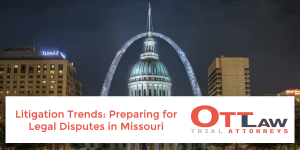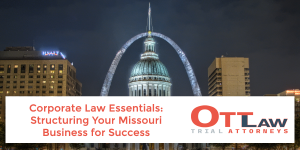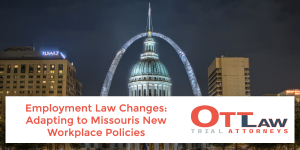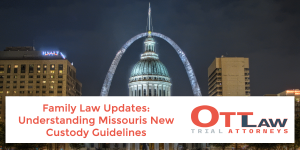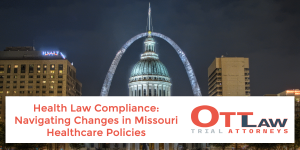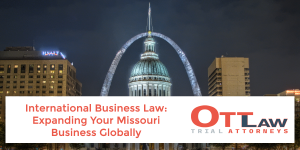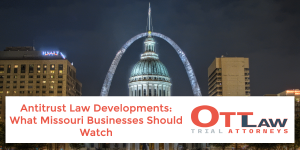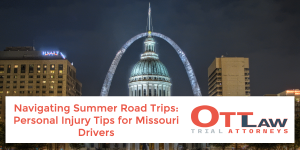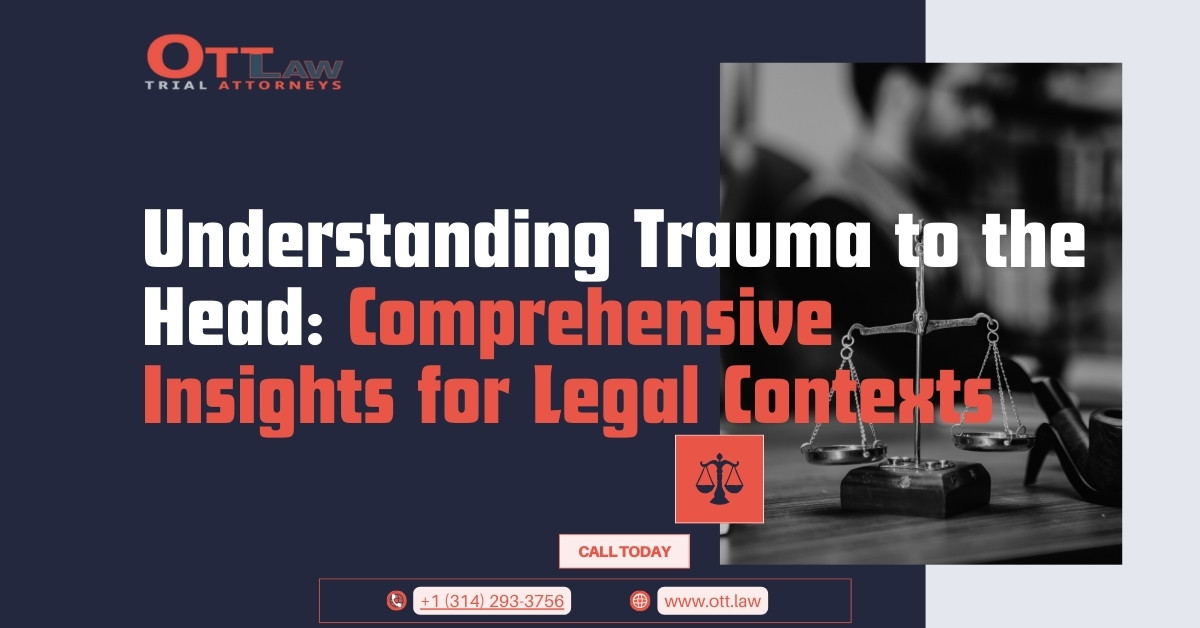Head trauma can manifest in a myriad of ways. Whether it’s a direct impact to the skull or other external factors that jolt the brain within its cranial vault, the resulting damage can be both severe and long-lasting.
The Science Behind Traumatic Brain Injuries
Diffuse axonal injury serves as the primary diffused pathological process behind a traumatic brain injury^1^. This damage is not always a direct result of an external force. For instance, consider the heart-wrenching realities of Shaken Baby Syndrome. The act of shaking a baby, even without a direct hit to the head, can be fatal due to acceleration and deceleration forces.
To further illustrate this, imagine being on an airplane cruising at a stable speed. If that plane were to stop suddenly, passengers, even if buckled in, would face a grave risk. The abrupt stop would cause their brains to oscillate violently within the cranial vault. The sheer force of this movement could prove fatal, despite no external injuries.
Key Trauma-Related Factors That Can Cause Brain Damage:
I. Rotational Forces Consider the dynamics of a car accident where the vehicle spins out of control. Here, the brain doesn’t just experience the jarring back-and-forth movement (acceleration/deceleration forces), but it’s also exposed to spinning forces.
II. Repeated Traumas to the Brain Subsequent brain injuries compound cognitive deficits. Even a mild concussion, when experienced after an initial injury, can lead to heightened cognitive impairment^2^. A single traumatic event can double the likelihood of subsequent head injuries. Two injuries? That risk increases eightfold^3^. This reinforces the importance of assessing the totality of traumas when evaluating the extent of injury and recovery prospects.
Consider a scenario: Your client didn’t fracture their skull in a car crash, nor exhibit significant bruising. However, the circumstances of the accident reveal:
- A sudden halt due to a missing bridge, leading to a coup-contrecoup event.
- The car’s precarious position over the edge, inducing intense fear and biochemical reactions.
- The car’s flip and subsequent submersion, introducing another rotation force and oxygen deprivation.
Despite appearing as a low-impact event, this chain reaction results in multiple, distinct brain injuries, compounding the risk of severe brain damage.
Practice Point:
Concerns for the Elderly Elderly individuals are more susceptible to brain damage post-trauma than younger counterparts. Aging leads to brain atrophy, which means the brain reduces in size and pulls away from the skull. This creates space, allowing the brain more room to move, amplifying the risk during traumas. Additionally, “bridging” veins, which connect the brain to its outer layer, stretch over time, becoming vulnerable^4^. Even minor traumas can rupture these veins, leading to complications like a subdural hematoma.
A Note for Emerging Legal Professionals:
Enlist Expertise in Traumatic Brain Injury Cases If you’re venturing into traumatic brain injury litigation, guidance from an experienced traumatic brain injury lawyer is invaluable. These cases are inherently complex. Insurance companies often adopt an aggressive defense strategy, but seasoned lawyers can navigate these intricacies effectively. Collaborating with specialists ensures that you provide your clients with the best possible representation while gaining valuable insights.
References:
^1^ “Diffuse axonal injury represents the main diffused pathologic process of a brain injury.” ^2^ “Repeated brain injuries have a cumulative effect on cognition.” ^3^ “A single traumatic injury to the brain doubles the risk for future head injury, and two such injuries raise the risk eightfold.” ^4^ Aging and the brain’s susceptibility to damage.
For more detailed insights and legal support, reach out to OTT Law Firm. Located at 3544 Oxford Ave, Maplewood, MO 63143, United States. Contact us at +13142933756 or email at joe@ott.law.

